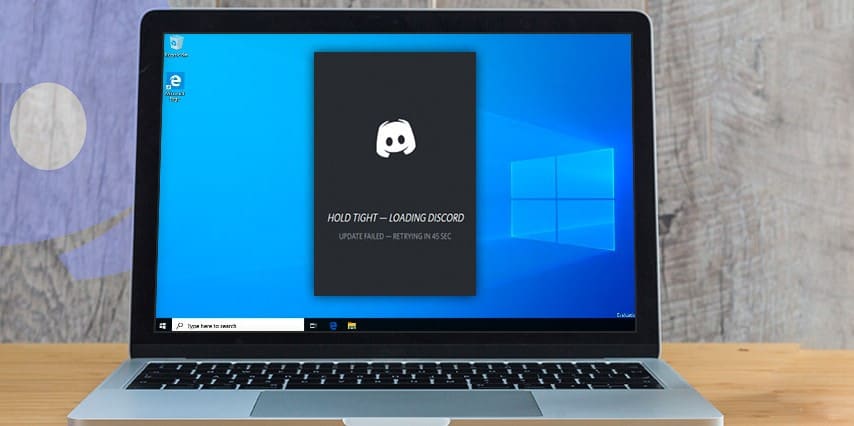
Balancing work and personal life has never been a simple task. The challenging hours of your day job or business, no matter if it’s full or part time, often interfere with those of your home life.
Whether you are spending hours on the road with a startup M&A advisor to get your company acquired, flying across the country for meetings with clients, or simply burning extra hours in the office—your work can take up most of your day.
On the other hand, there is your home life. When you are coming back from working for eight (or even more) hours at your job, commuting for who knows how long, and finally arriving at home ready to eat and pass out, cooking and cleaning become hard tasks to meet. If you have a spouse, pets or children, the story becomes many times more complicated.
Taking kids to and from school, helping them with homework, making sure they do their chores; all of these things accumulate and can make for one overwhelming life. Not to mention the strain on your other relationships.
These situations have worsened with the coronavirus pandemic. Most of the workforce is used to leaving work at the office and presenting a different face once they cross the door of their abode.
Now, many entrepreneurs around the world are calling their couches or dining room tables their new workplace. Our homes have become offices, schools and daycare centers all at once. While you are clocked in trying to communicate with your team members through zoom, your dog won’t stop barking and your toddler is somewhere in the other room making a mess. Though we appreciate the connectivity technological advances have allowed us to have during these unpredictable times, they can also make us feel like the work never ends.
According to the World Health Organization, workplace stress is the health epidemic of this century, costing American business $300 billion a year! Workers expect home to be an escape from work, but sometimes home is just as crushing. The answer is never quitting, since you need one side of the scale to stabilize the other. So, what can you do to balance your work life?
Mindset
The first step to take in the search of work-life balance is tackling your mindset. To do so, you need to be aware of your work style and your motivation.
- Where is your mind when you head to work?
- What motivates your actions?
- Do you base your work on quantity instead of quality?
Your motivation may be your family, a mentor, or the people your project is directed to. Either way, remembering why you do what you do can help you lighten up some of the weight.
You need a resilient mindset. Resilience might be a popular resume fluff word, but it is also the key to finding work-life balance. Having the ability to recover or adjust easily to change is a must in entrepreneurship, especially as we face the current international climate.
A strong team requires a strong yet flexible mindset. Mindfulness is part of this mentality. Each employee must be aware that they are not working by themselves, they are part of a team.
While it is impossible for any single person to have perfect control of so many demands at once, a mindful lifestyle can help you organize your day around those demands, giving each one an allotted time and nothing else.
Your business might succeed, but it may also fail. At the end of the day, your family will always be there for you.
Timing
Scheduling is everything. It helps you prepare in advance for due dates, create space for breaks, demonstrate punctuality and prevent overworking. Your job should not have an indefinite timeline. It can be easy to fall into a rabbit hole of work once you get in the zone.
Now that many are working from home, the same issue occurs with the mix of home and work life. You may check your phone for a second and later realize you have already missed two hours of work.
So, make a schedule. You can make it weekly or daily, depending on what you find most efficient. Lay out the tasks that you will have each day and assign an estimated amount of time you will need to finish that task.
Make sure to include some space for interruptions. If you are working remotely, make your home life part of the schedule too. Include meals, chores and naps as part of your tasks.
Adjust the schedule as you go. If a certain job is taking longer than you expected, figure out why and make some cuts. This will increase your productivity and efficiency at both home and work.
Holidays
A well-rested worker is a better worker. Personal time is important, and it is quality time what matters most. Do not kid yourself. Watching TV while checking your emails is not personal time. Your family will always value a planned vacation better than a day where your time with them is interrupted by constant notifications and phone calls.
Book holidays in advance so you are forced to go. This will help you come back to work with a clear mind and new energy. It will also strengthen your family’s relationships.
It’s not only about your family, you need alone time too. Make sure to schedule at least thirty minutes each day to do something of your preference. Whether it is meditation, exercise or entertainment – find something that takes your mind off work for a moment.
Focus on yourself so you can later focus on the task at hand. You may even need a few vacations just by yourself to compress.
Spacing
In this Covid-19 world, separating work and home has become increasingly harder. While not changing out of your pajamas and working on your bed seems attractive, it may be depleting your productivity.
To have a successful work-life balance during remote working, you need to define your spaces. Use the time you usually spent in your commute to the office to sleep in a little and make a healthy breakfast.
Then change into your clothes for the day. While you do not have to wear a tie at home, changing out of your sweatpants will help you change your mindset.
Choose your workspace. Try to separate it from the places that are usually designated for recreation to prevent any distractions. Create a workspace that gives you a good surface to work on, helpful lighting, and accessibility to the tools you will need. If you need a break from the walls of your kitchen island or your coffee table, move around. The best part about remote work is that you can always change scenery, be it a coffee shop or another corner of your home.
Finding work-life balance will not only help your personal health, but it will make for a healthier workspace. If your employees and team members have a thriving balance between their jobs and family life, the results will be reflected upon your business.
You will have happier, more energetic workers willing to give the extra mile without compromising their personal time.


![[pii_email_c0872b2275c5451a2577]](https://www.allnetarticles.net/wp-content/uploads/2021/09/How-To-Fix-Error-pii_email_c0872b2275c5451a2577-in-Email.png)
![[pii_email_c75373ce5b34bf577425]](https://www.allnetarticles.net/wp-content/uploads/2021/08/Fix-pii_email_c75373ce5b34bf577425-in-3-Working-Ways.jpg)
